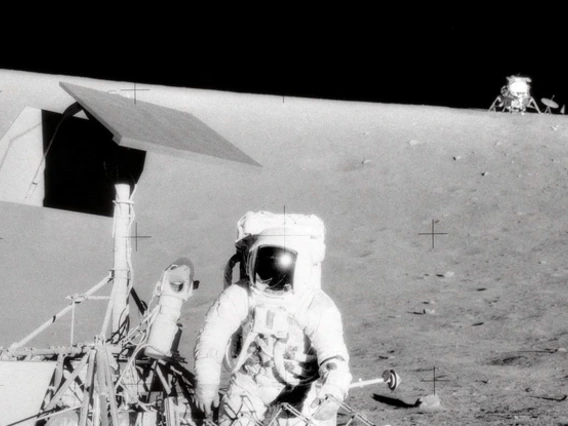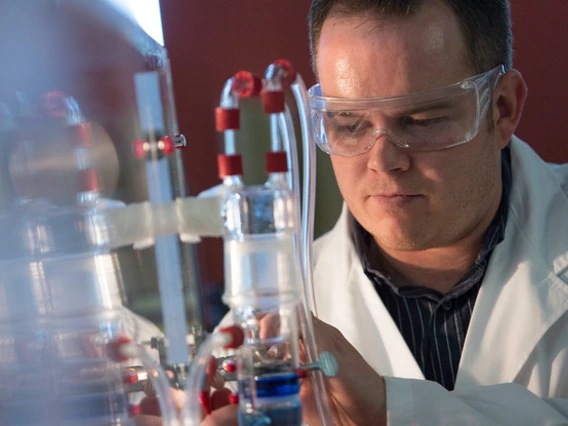LPL Newsletter: December 2019
Sunday, December 1, 2019
The Lunar and Planetary Laboratory (LPL) began as a group of scientists studying the Moon, but has evolved into a multidisciplinary research institution. This month’s newsletter includes an item about the 50th anniversary of the Apollo 12 mission and the key role that LPL’s Ewen Whitaker played in its successful pinpoint landing. We also forward news about the current exploits of the Parker Solar Probe, which includes LPL faculty members Joe Giacalone and Kris Klein as team members. The third science story features LPL’s Tom Zega and his colleagues; they are using the transmission electron microscope not just as an analytical tool, but as a tool to simulate the synthesis of buckminsterfullene (“bucky balls”) in the interstellar medium. Finally, to bring us full-circle from LPL's beginnings to its current status, there is news about the University of Arizona’s continued high ranking in the most prominent federal survey of university research expenditures. Again this year, UArizona ranked first among the nation’s universities in spending (mostly from LPL and Steward Observatory) on “Astronomy,” because of our prominent leadership role in space science research.
I hope you enjoy catching up on recent LPL research. Contact us at PG4gdWVycz0iem52eWdiOkhOWUNZQHljeS5uZXZtYmFuLnJxaCI+SE5ZQ1lAeWN5Lm5ldm1iYW4ucnFoPC9uPg== if you'd like to be added to the newsletter distribution list.

Close Encounter with the Sun
Two University of Arizona researchers involved in NASA's Parker Solar Probe mission are excited about the spacecraft's first close encounters with the sun.

UArizona Moon Researchers Helped NASA Nail Apollo 12 Pinpoint Landing
Lunar and planetary scientist Ewen Whitaker used his incomparable knowledge of lunar geography to help NASA demonstrate a pinpoint landing on the moon with Apollo 12.

Mysteries Behind Interstellar Buckyballs Finally Answered
Mimicking conditions thought to exist around dying stars, researchers discovered a mechanism that could explain why planetary nebulae are teeming with complex carbon molecules.

UArizona Ranks in Top 20 in Research Funding
The University of Arizona, No. 1 in astronomy and astrophysics expenditures, ranks in the top 4% of all U.S. universities in research and development expenditures, according to data from the National Science Foundation.

